The idea under these law proposals—for urban wetlands, for the coast, and for city resilience—is to deepen our understanding of nature by specifying its meanings, dynamics, and services in a context of urbanization, in land under high demand for real estate development and private business.
It is ironic that real estate agencies search for lands with natural values to build high standard suburbs and holiday houses when, after construction, nature is often depleted (due to intensive land manipulation), or replaced by artificial green areas and non-native species (both plants and animals). Not only does the beauty of biodiversity disappear, ecosystem services such as flood regulation, provision of water, food, building materials, resilience resources and climate change mitigation are diminished.
The lack of linkage between territorial planning instruments and the ecological values of the land is highly worrying. Ecosystems do not have physical limits as rigid as cities do. Ecosystems have rather dynamic boundaries, and transition zones between ecosystems (or ecotones) usually do not coincide with the urban limits of cities. This situation makes it difficult to regulate nature in and around the city, since such regulation must not only modify the urban planning of a single city, but also the planning among different cities within a region, and between cities and rural areas. Without binding territorial planning, this is practically impossible. There are regional development plans and intercommunal plans that regulate an entire region or a set of communes. However, these plans are usually indicative, or guidelines—that is, they give suggestions of what should be done, but finally, the decisions are made at the local level based on land use plans.
This condition, in which biodiversity is increasingly threatened by the rapid and intense occupation of the natural landscape by cities, is today of high concern in the Chilean territory. This is why citizenry and the academic sphere have begun to develop local movements to regulate this problem through law. Laws, unlike the regional and intercommunal planning instruments, are normative—that is, they must be complied with.
A law for urban wetlands
During 2018, the Chilean parliament, inspired by the continuing damage and neglect of urban wetlands, started to discuss a new law to protect wetlands in Chilean cities. The disregard of natural spaces in urban planning resulted from prioritizing urban sprawl. The discussion and initiative was begun by the senator of the city of Valdivia. Valdivia is recognized as having a system of urban wetlands high in biodiversity, but which are threatened by increasing urbanization, density, and expansion. The law was supported by an academic of the city of Concepción, where large urban wetlands are located within this metropolitan area, surrounded by urban sprawl.
The senator and the academic argue that urban wetlands are relevant to the future of cities, and indeed, the community is very conscious about its role in sustainability and resilience, as shown by research. Wetlands are prized lands, not wasteland. They provide beauty to the urban space and several other ecosystems services, such as flood control, drinking water, filtering of waste, improvement of air quality, and the promotion of human well-being, enabling healthy living. The proposal includes a general definition of “urban wetland” in the Law of Urbanism and Construction and in the Law of Environment.
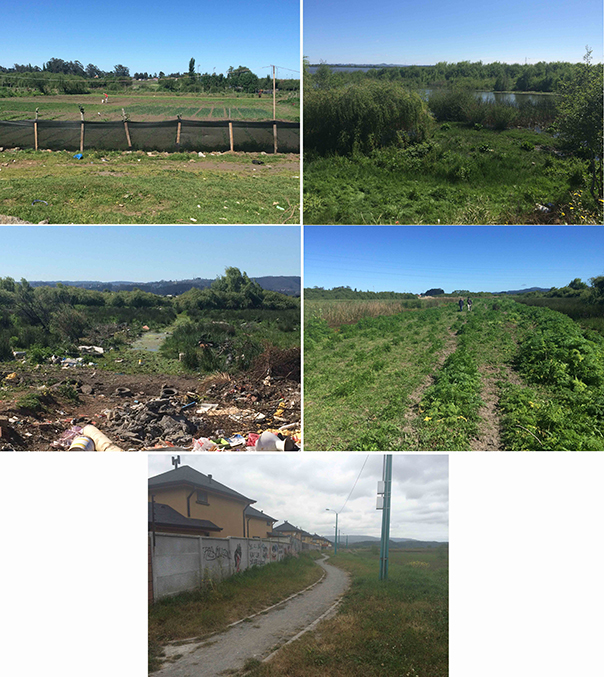
While the first law regulates organizations, officials, professionals and individuals in the actions of urban planning, urbanization and construction, the second law regulates the environment in general, which is consistent with the idea of creating binding regulations. In addition, they suggest that the local government is the key author in the creation of general guidelines for the rational use of urban wetlands located in their community, and that the community can give observations and modifications to such guidelines to improve the regulation. This is in line with the idea of empowering local people, and creating tight bonds between people and nature.
The expectations are that the law can preserve the quality of wetlands and respectfully restore and manage those already damaged, to assure healthy urban landscapes for future generations. In this sense, the new law can make it possible to regulate these natural spaces in Chilean cities by allowing their recognition in both extended urban territorial planning and also by the local community.
A law for the coast
In Chile, the Coastal Edge (Borde Costero) is understood to be the 80 meter strip between the highest tide line and inland, or upland area. This strip extends throughout the country and includes all the islands, archipelagos, channels, and fjords of the Chilean sea, as well as a static strip—also 80 meters—in navigable lakes. The Coastal Edge—a national “good” for public use (therefore, property of all Chileans), rich in biodiversity, cultural values, historic spots and beautiful landscapes—extends for 83,400 linear kilometers and covers a total area of 6.5 million hectares. However, the contemporary dynamics of urbanization of the Coastal Edge brings real estate development, mainly of holiday homes, and has produced great changes in this area. In particular, the promotion of hotels and holiday homes has been a very profitable for various real estate sectors and a way to urbanize without building a city. Such development can result in drastic degradation of the environment and the landscape, and have deep and negative social consequences.
A new law under examination has the effect of accentuating this problem. Until today, the Coastal Edge has been administered by the Ministry of Defense through the Secretariat for the Armed Forces, and the General Direction of the Maritime Territory and Merchant Marine (DIRECTEMAR, dependent on the Navy). The new law would transfer its administration to the Ministry of National Assets, which is nothing more than the response to the interest of the private sector in this coastal strip for real estate development.
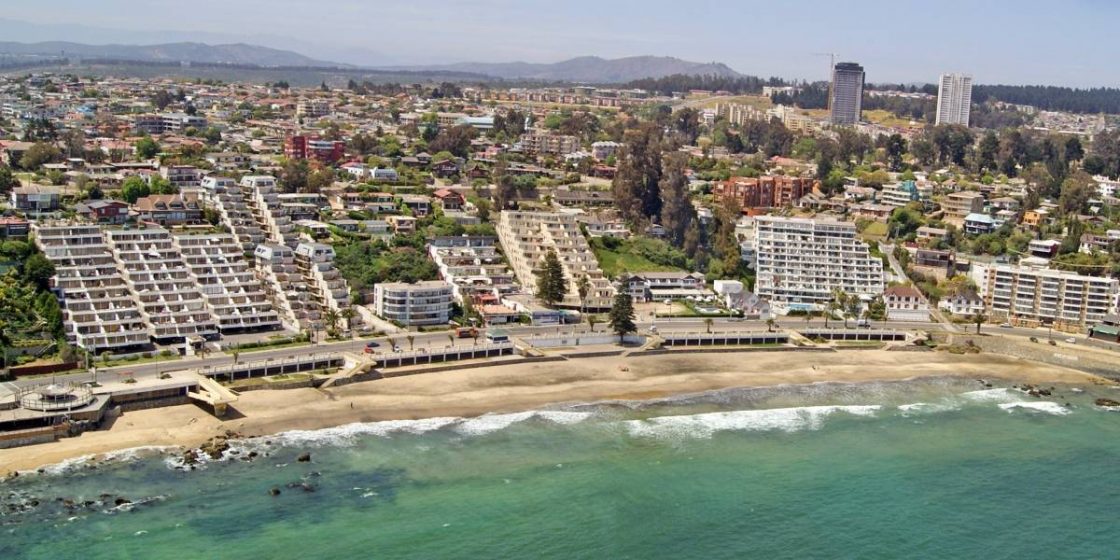
Due to the threats that this zone will suffer if this new law is approved—in the social, economic and ecosystem aspects—the concept of the Coastal Zone is being adopted by academics and the community with the intention to reshape the law under evaluation. A Coastal Zone is understood as the zone where the interaction of the earth, the sea, and the atmosphere is ecologically manifested. According to the Paipa Protocol 1989, this zone should be determined by each country according to relevant technical and scientific criteria.
This is what is sought by academics with a Coastal Law in Chile: first, to change the concept of the coastal esge, including the ecosystemic vision; and second, to be able to define a territory based on local conditions, understanding the coast as a relative and dynamic system rather than a static zone. With a Coast Law, for example, the concept of a “green area”—a designation used in Land Use Plans to protect beaches and dunes from the real estate boom— would not be necessary, since the Coastal Law would include the clarification of coastal ecosystems in terms of their concept and needs.
A law for urban resilience
Since 2005, after signing the Hyogo protocol, Chile has committed to make cities more resilient to disasters of natural origin. This initiative became even more necessary after the 2010 earthquake and tsunami (Mw 8.8), during which whole cities were devastated. To date, several investigations have been carried out on the resilience of Chilean cities in order to make them more resilient.
Although many actions have been taken at mitigating and preparing against disasters of natural origin, the necessary measures for increasing city resilience, that is for assuring the adaptation capacity of cities and their inhabitants, are still missing. It is known that the instruments of territorial planning define actions that influence the resilience of Chilean cities both positively and negatively. However, this has not been the product of an action oriented towards resilience, but rather the product of a random consequence. This has been mainly due to the lack of a clear definition of resilience that unifies and guides all the parties involved in territorial planning.
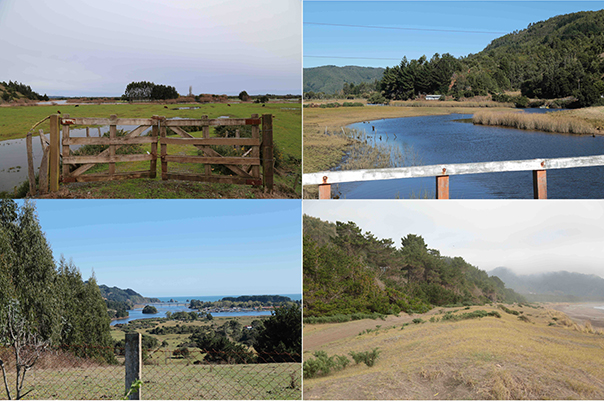
Accordingly, a law for the resilience of Chilean cities should start by providing a single definition that guides the action of all parties involved in the regulation of planning and also emergency instruments used during and after a catastrophe. On the other hand, research in the field has revealed that the planning instruments mainly affect the natural areas that contribute to the resilience of cities. Areas such as dunes, forests, wetlands, and others are those that disappear or change as the city sprawls.
However, in case of an emergency, it is such areas that provide water, firewood, and free areas to take refuge and wait until adequate help arrives with the basic necessities for life. In this case, a law for resilience should ensure the protection of these areas and at the same time its flexibility. They should be prepared and conditioned to fulfill the emergency functions without altering their natural condition.
Given that many of these areas are located inside the urban environment, the Law of Urbanism and Construction can be a good platform for its incorporation. However, some of these useful areas for city resilience are located outside the urban environment and are being threatened by private business interests. These natural areas are of high interest for the Chilean tourist industry which contributes over 11% of the national gross domestic product (GDP). This industry promotes nature tourism, in particular for foreigners. The natural areas are also of interest for several industries that provide basic services for the country. For example, hydroelectric power stations look for rivers and marine edges where they can locate their facilities to generate energy. For these situations, the Law of the Environment can be a good platform also. In both cases the type, location and characteristics of the infrastructure included in the natural areas should be carefully studied so they do not loose the ecological values that support their functioning and city resilience. By this, it is expected that cities assure resilience resources based in ecosystems that are both preserved and implemented in the event of a catastrophe.
The idea under these law proposals—for urban wetlands, for the coast, and for city resilience—is to deepen our understanding of nature by specifying its meanings, dynamics and services in a context of urbanization, in land in high demand for real estate development and private business. Understanding what is nature and how it works can facilitate the regulation of the landscapes we live in, as well as improving the relationships among nature, people and economic development.
Paula Villagra and Carolina Rojas
Los Rios and Concepción
about the writer
Carolina Rojas
Carolina is an Associate Professor at the Universidad de Concepción, Chile. She is particularly interested in understanding how the urban growth and transport systems affect the provision and the accessibility to open spaces such as wetlands and parks in cities.


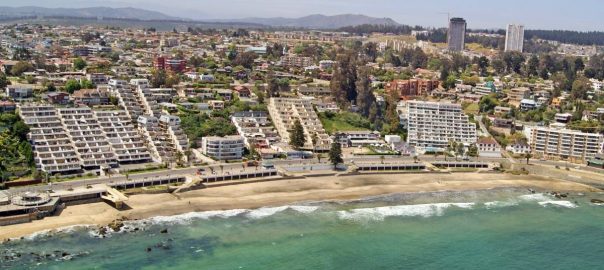


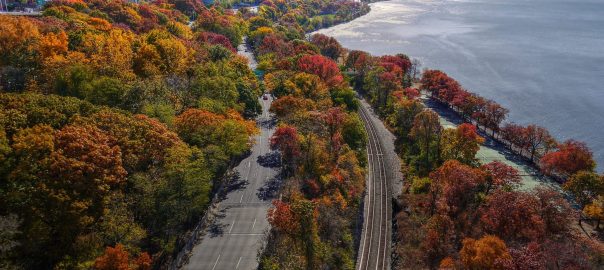
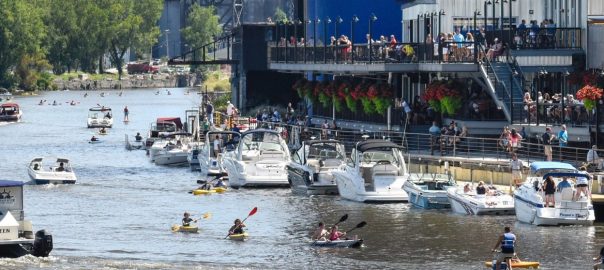
Leave a Reply